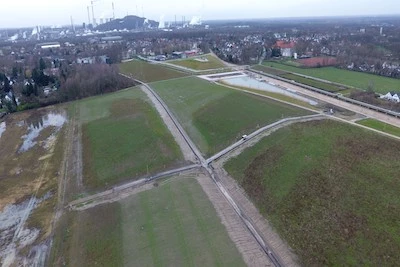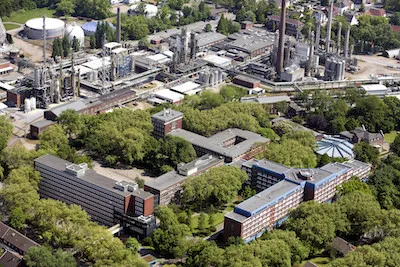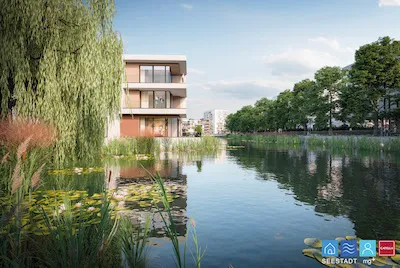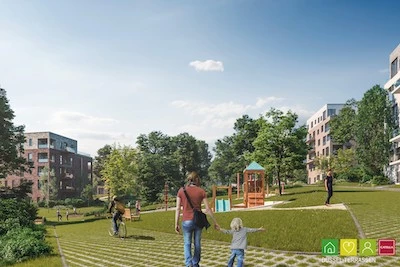In the TransUrban.NRW project, innovative 5th generation district heating networks function as a modern energy platform. The goal is to balance heating and cooling demands in each district in the most efficient way. Additionally, digital processes support the path from first ideas to implementation and operation in order to make the best possible use of optimization potentials and synergies. Four districts at different locations in North Rhine-Westphalia are being used for demonstration purposes, each with its own requirements and conditions. This provides a strong foundation to ensure that the developed innovations can also be applied and transferred beyond the project. With this idea, the project consortium convinced the Federal Ministry for Economic Affairs and Climate Action (BMWK) to select TransUrban.NRW as one of the winners in the competition 'Reallabore der Energiewende'.




The role of heatbeat in this project is to model and simulate the heating and cooling networks. To achieve the best results, the dynamic operation of the networks is especially important with 5th generation district heating networks. The advantages of such low-temperature networks can only be used most efficiently if the energy flows, the network temperatures, and the interaction between buildings, network, and feed-ins are already optimized in an early planning stage. For this, we simulate the entire system: the building demands, the behavior of the substations, the heat transfer between the network and the soil, as well as the energy management of the heat generators. In the project we focus on supporting the real implementation in the demonstration districts as well as on the further development and improvement of our models and simulation methods.
Further information on the project is available on the official project website.